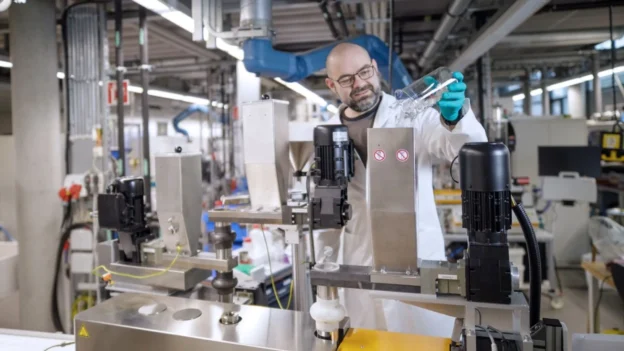Every year, millions of tons of plastic packaging end up in the trash, with less than a third of these materials being properly recycled. The increase in plastic waste has reached alarming levels in Germany, where more than 5.6 million metric tons of plastic waste were recorded in 2023.
In this context, the Fraunhofer Institute for Manufacturing Technology and Advanced Materials (IFAM) and the University of Bremen are working together to transform this plastic waste into materials suitable for 3D printing.
Plastic recycling boosts filament manufacturing
The process, which involves crushing, cleaning and separating contaminants, has allowed researchers to obtain a recycled material with a purity greater than 99.8% , suitable for use in 3D printing filaments.
The innovation has great potential for industrial applications, as the resulting material can be used to manufacture high-quality components for sectors such as the automotive and aviation industries.
Furthermore, European legislation is driving demand for recycled materials. According to the Packaging and Packaging Waste Regulation (PPWR), by 2030, between 10% and 35% of plastic packaging is expected to be made from recycled materials.
By 2035, the share will increase to between 25% and 65%. The circular economy, which seeks to maximize recycling and reuse of resources, is emerging as a key solution to addressing the challenge of climate change and resource conservation.
Follow us on social media and don’t miss any of our posts!
YouTube LinkedIn Facebook Instagram X (Twitter) TikTok
Source and photo: Fraunhofer Institute

